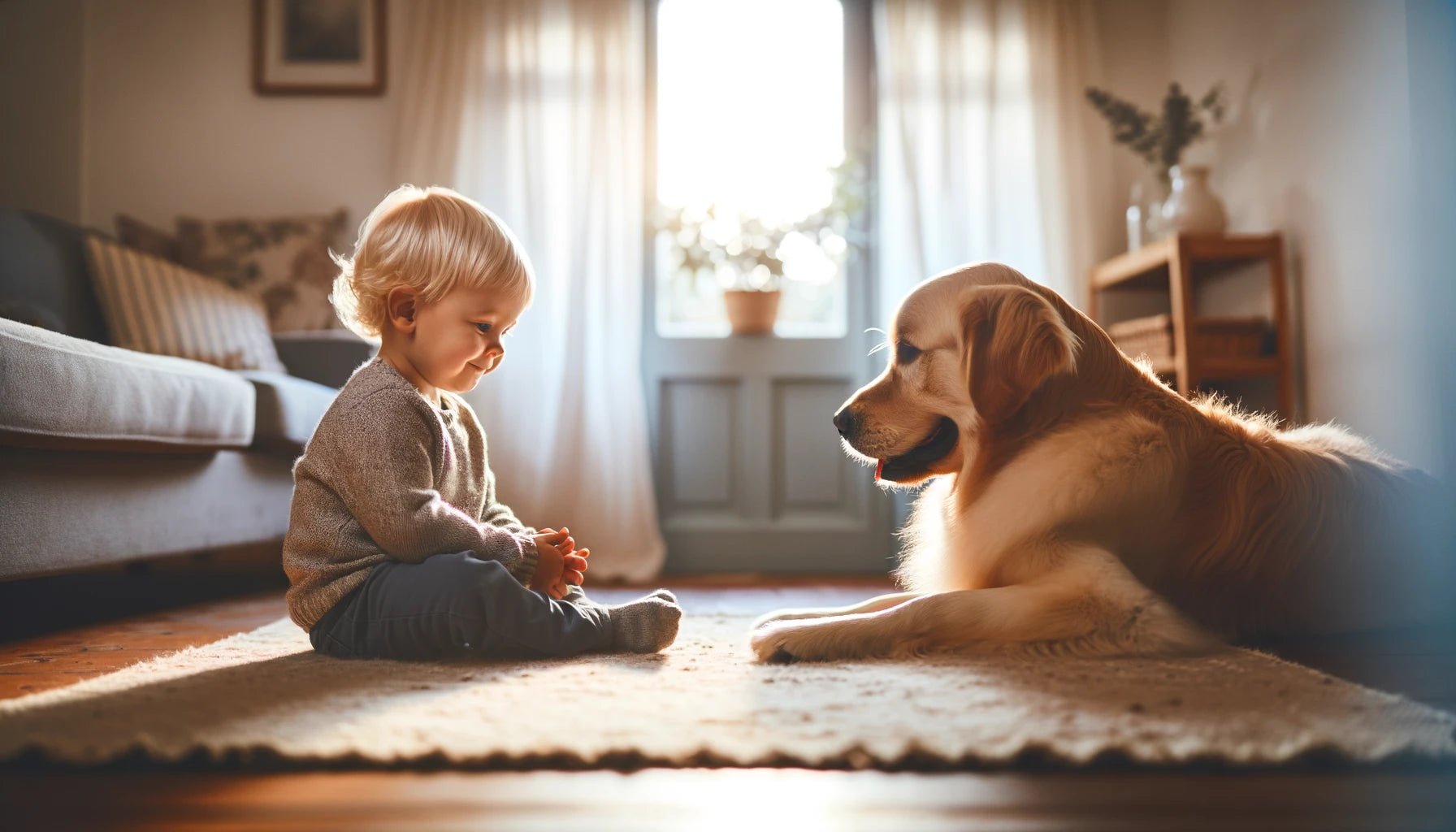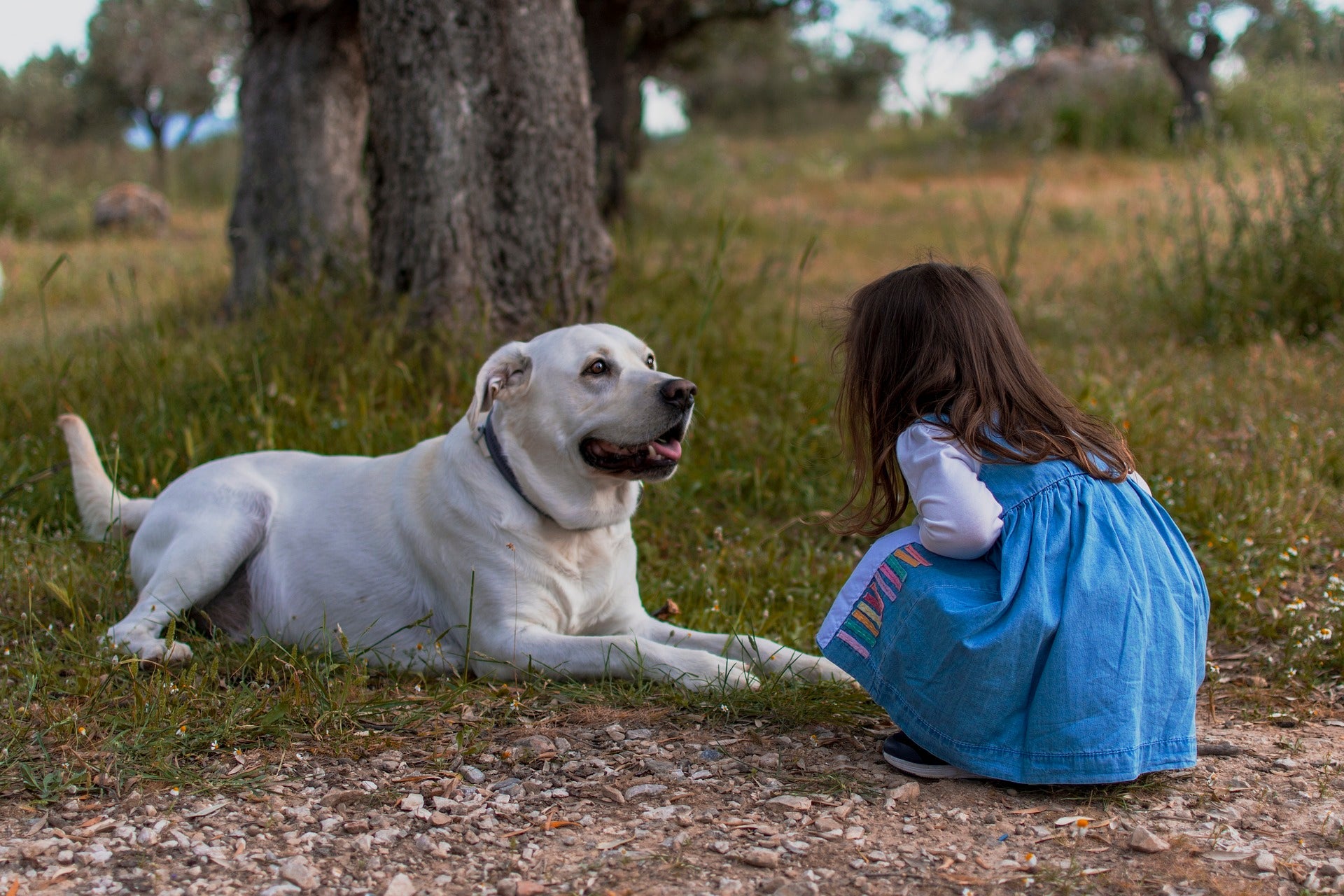Do You Know How to Build a Safe and Happy Relationship Between Dogs and Children?
Bringing a dog and young children together can be a joyful and rewarding experience for both the family and the pet. However, it is essential to take certain steps to ensure the safety and happiness of everyone involved. Here are some tips to help you create a positive interaction between dogs and children, fostering a safe and loving environment.
1. Preparing Your Dog and Home
Before introducing a dog to children, it’s crucial to prepare both your home and your pet. Ensure your dog has a quiet, safe space to retreat to if they feel overwhelmed. This could be a bed in a quiet corner or a specific room where they feel secure. Make sure this space is respected by all family members and visitors.
Additionally, it’s important to acclimate your dog to new sounds and activities they might encounter with children around. Playing recordings of baby sounds and using baby-scented products can help your dog get used to these new stimuli gradually.
2. Supervised Interactions
Always supervise interactions between your dog and young children. Never leave them alone together, as accidents can happen in mere seconds. Teach children how to gently interact with dogs, encouraging calm and gentle behavior. Avoid allowing chase or wrestling games, which can easily escalate and lead to accidental injuries.
3. Understanding Dog Body Language
Recognizing and understanding your dog's body language is key to preventing negative interactions. Signs that a dog is feeling uncomfortable or threatened include crouching, tail tucked under, lip licking, yawning, and growling. If your dog displays any of these behaviors, it's important to intervene and give them space.
4. Establishing Boundaries
Set clear boundaries for both your dog and children. Teach children not to disturb the dog when they are eating, sleeping, or playing with their toys. Similarly, make sure the dog knows where they are allowed to go and what behaviors are acceptable. Consistency is crucial in helping both your dog and children understand and respect these boundaries.
5. Positive Reinforcement
Use positive reinforcement to train your dog and children. Reward calm and gentle interactions with treats and praise. This will help reinforce good behavior and create a positive association with being around each other.
6. Gradual Introductions
Introduce dogs and children to each other gradually and in a controlled environment. Start with short, supervised meetings and gradually increase the time they spend together as they become more comfortable with each other.
7. Managing Changes in Routine
Bringing a new baby into the home can be a significant change for your dog. Gradually adjust your dog's routine before the baby arrives to minimize stress. Ensure your dog still gets plenty of exercise and attention to prevent them from feeling neglected.
By taking these steps, you can help build a safe and happy relationship between your dog and children, ensuring a harmonious household where everyone can thrive.
For more detailed guidance, visit Blue Cross.


